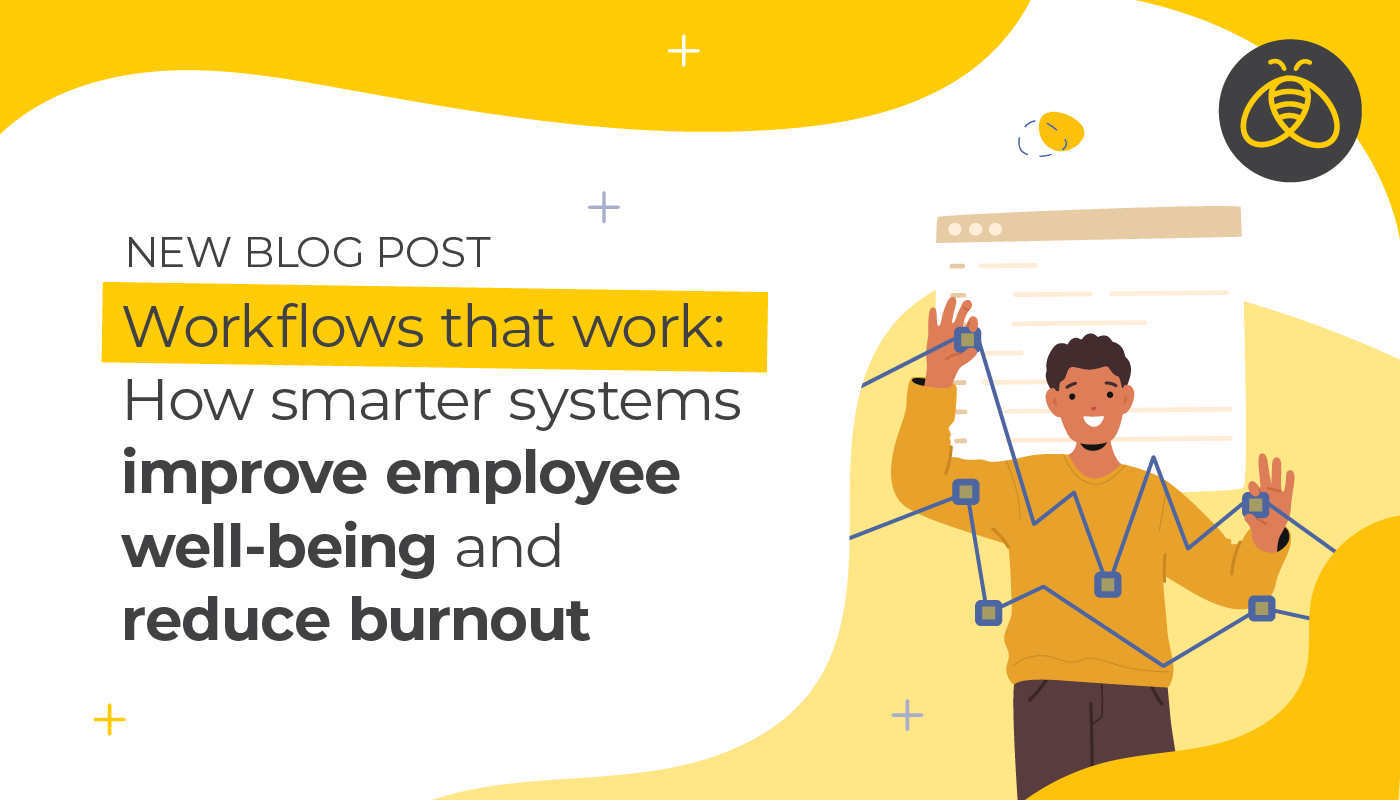Benefits by Design (BBD) Inc. are employee benefits and insurance experts, and we must preface this article with the fact that we are not professional event planners.
However, over our 20+ years in an industry that thrives on events and conferences, we’ve learned a thing or two (or ten) about how to successfully plan and host an event focused on professional development and learning.
Now we’re sharing these insights in the hopes that we see more fantastic industry events and opportunities for people to learn and grow.
#1. The Old Real Estate Rule is True: Location, Location, Location
Traditionally, one of the biggest challenges we’ve faced when hosting events is deciding on a venue location. Group Insurance Advisors are spread out all over the country, so finding a central location that is easy to get to has always been key.
Larger, metropolitan areas such as Toronto and Vancouver have seen great success, as there’s a lot of Advisors in those areas, but it is worth noting that it’s often difficult for those outside of those areas to make it. If your audience is spread out, you may want to consider a central location just outside of a major hub, so everyone can get there easily!
#2. Represent Yourself and Your Business
And no — we don’t mean plaster your logo on everything you can see.
What we mean here is to make sure that your event is staffed with excited and eager members of your staff and that they’re easily identifiable. Not only will this allow them and your guests to mingle and connect in person rather than over email or phone, but it brings great credibility to your event on the whole.
#3. Showcase Your Partners
A lot of what we do at our events would not be possible without the help and support of our strategic partners and suppliers. That’s why at our events we allow suppliers the opportunity to showcase themselves, often as speakers or with their own table, depending on the setting.
This will increase buy-in from your partners in your event, as well as allow for your audience to ask questions as needed.
#4. Customize Your Content for Your Audience
This may seem like a no-brainer, but hear us out, because it’s not as obvious as you might think.
It may be tempting to create a templated presentation that you take from event to event, but there’s one problem — your attendees can tell the difference, and it hurts their engagement. Tailoring your content just slightly to your audience will increase their interest in your presentation and the event on the whole. Consider adding some flair that showcases local landmarks, restaurants, or even a joke. Just enough to show them that you’ve customized your presentation just for them!
#5. Give Yourself the Chance to Speak
But make sure you’re not monopolizing the agenda. You want to the opportunity to showcase your own value and discuss the kinds of topics you want, but you want to be sure you’re striking a healthy balance between yourself and other speakers.
#6. Get Social
Events are meant to be a fun, social experience! Encourage your guests to share their thoughts and photos via social media! Go the extra mile and create your own hashtag for their use. We’ve been using #BBDPartnerForum for so long that it’s become a photo album of memories going back years!
#7. Try a Keynote Speaker
Keynote speakers can be costly, it’s true, but in our experience, they are often well worth the expense. These people are professional speakers, so they’re extra engaging. You’ll want to make sure you’re qualifying them carefully to ensure that the content they’re talking about will resonate with your audience.
A successful keynote presentation is engaging, timely, and thought-provoking!
#8. Feed People and Provide Choice
People get irritable when they’re hungry, and irritable people make for a lousy event, so you’re going to want to make sure people are well-fed.
Special consideration should be made for those with specific food requirements, such as non-dairy, vegan, gluten-free, etc. These kinds of dietary restrictions are more common these days, and you’re going to want to make sure you’re accommodating everyone as best you can.
We’ve found the best way to do this is to make the question, “Are there any dietary restrictions you have that we should be aware of?” part of the sign up form. That way we have plenty of advance notice to inform the venue of any special food requests!
#9. Have Some Event Takeaways
If you want people to remember your event and what they learned, it’s important to have a takeaway. This doesn’t have to be something physical, like a brochure, a book, or some kind of prize — in fact, it could be a knowledge takeaway.
Ask yourself, “What is the one thing I want my audience to know after this event is over?” Just be sure that whatever it is, it’s timely, relevant, and thought-provoking! Especially if you’re looking to influence people’s behaviours or their attitudes on a particular topic or product.
#10. Promote, Promote, Promote
Hosting an event? Shout it from the rooftops to be sure your audience knows about it. If applicable, encourage your employees to share it when they’re on the phone or emailing a client — you never know who might want to come!
Another point we’ll make is to try and grow your events over time. If you continue to invite the same people year after year, eventually you’ll notice the events start to stagnant, and that’s a poor way of growing interest.



